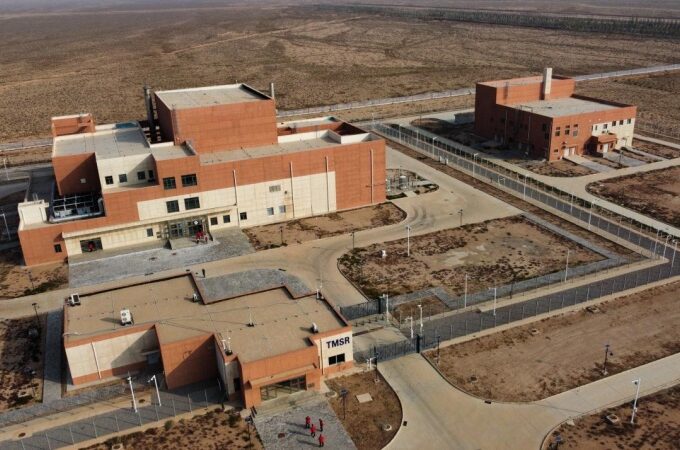As winter approaches, Germany’s nationwide natural gas storage facilities are only about 75% full—significantly below last year’s level of over 95% at this time and falling short of the safety threshold the energy sector had hoped to reach before winter. Under German regulations, storage facilities must reach over 81% capacity by November 1 each year to ensure continuous supply capability. However, this year’s replenishment has lagged significantly due to slow filling rates and insufficient market incentives.
Filling rates at some key storage facilities are particularly low. For instance, Germany’s largest underground storage facility had a filling rate of just over 22% in late August. Although Germany accelerated gas injection after entering autumn, a gap remains between current levels and the annual target.

Structural Factors Tighten Gas Reserves
The root cause of insufficient gas storage stems from multiple overlapping factors. Since Russia reduced gas exports to Europe in 2022, Germany has rapidly shifted to an energy model of “diversified supply + LNG imports.” However, this year’s volatile international spot LNG prices, coupled with market instability caused by competitive bidding among European countries, and the fact that some storage facilities were not operating at full capacity due to maintenance or technical issues, meant Germany failed to fully capitalize on the prime summer replenishment period.
Furthermore, the EU’s flexible adjustment of storage targets has dampened market incentives. New regulations permit lowering the minimum fill rate to 75% under specific hardship conditions, prompting some companies to delay replenishment plans. Consequently, while Germany’s current reserves meet the “minimum requirement,” they fall significantly short of the safety levels needed to withstand a harsh winter.
The Institute for Energy Storage (INES) warns that existing inventories could be depleted by the end of January 2026 if an unusually cold winter or sudden surge in industrial demand occurs. This would increase Germany’s reliance on higher-priced, more volatile spot markets and imported resources, amplifying supply risks.
Risks Manageable but Market Vigilance Needed
Despite gas storage levels falling short of expectations, German regulators still consider the likelihood of severe gas shortages this year to be “lower than last year.” This is due to overall European gas consumption remaining low this year, the gradual shift of industry toward alternative energy sources, and the commissioning of multiple German floating LNG terminals, which provide additional supply capacity for the winter.
However, a 75% storage capacity utilization rate indicates Germany’s “buffer space” is extremely limited. Should a cold snap occur, imports be disrupted, or prices surge, the market could rapidly tighten. This would lead to increased household heating costs, uncertainty for industrial production, and potentially drive up energy prices across Europe.










